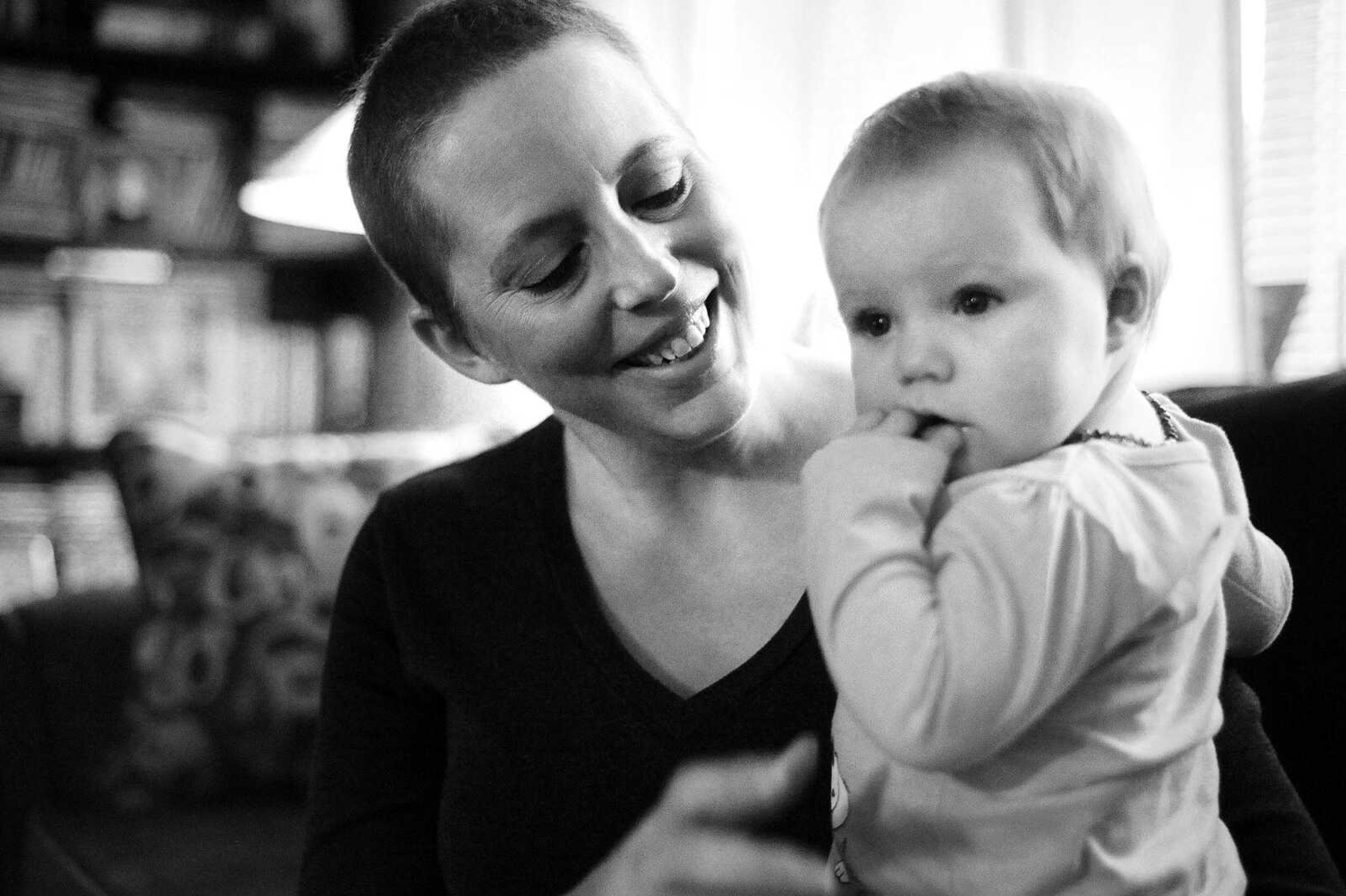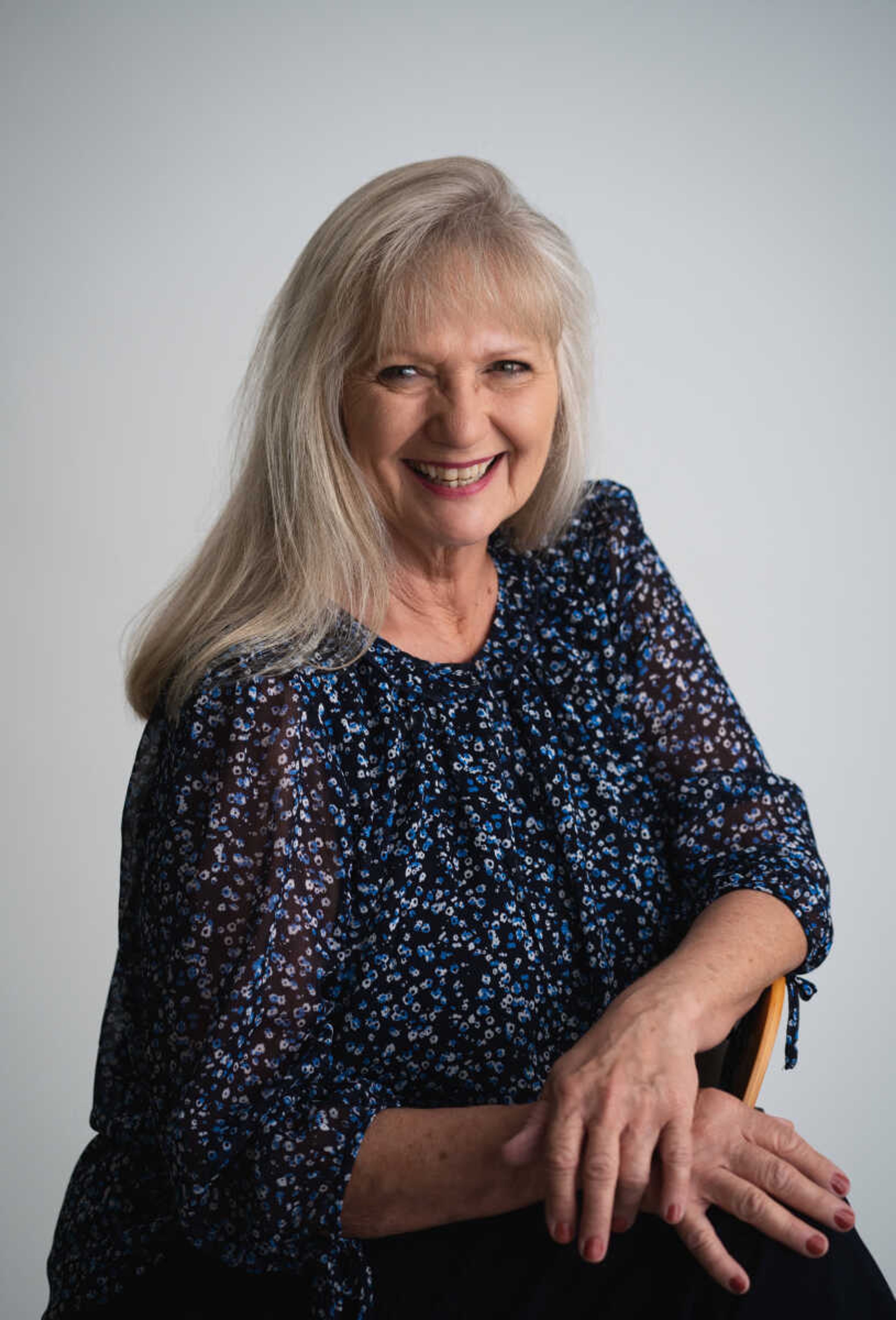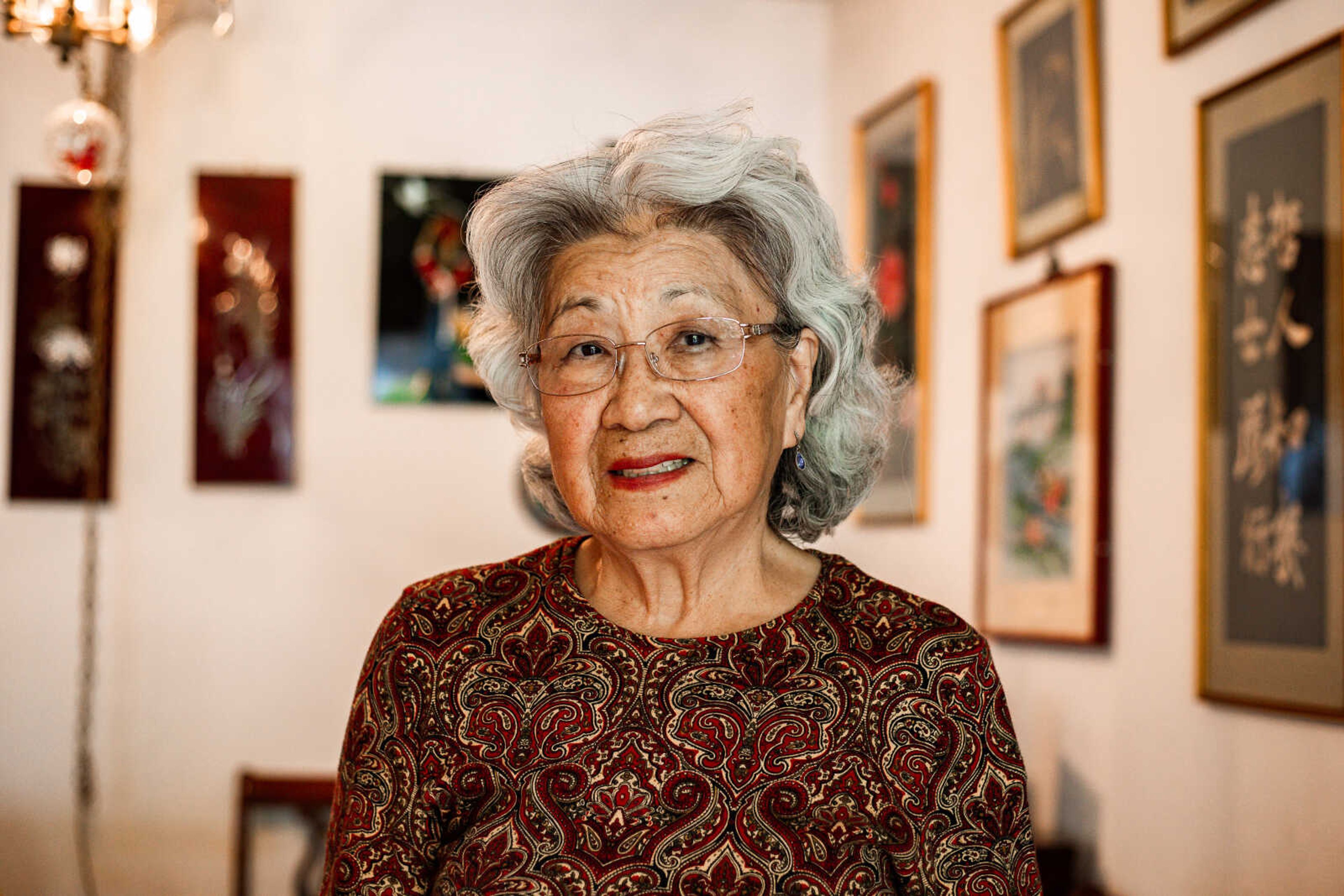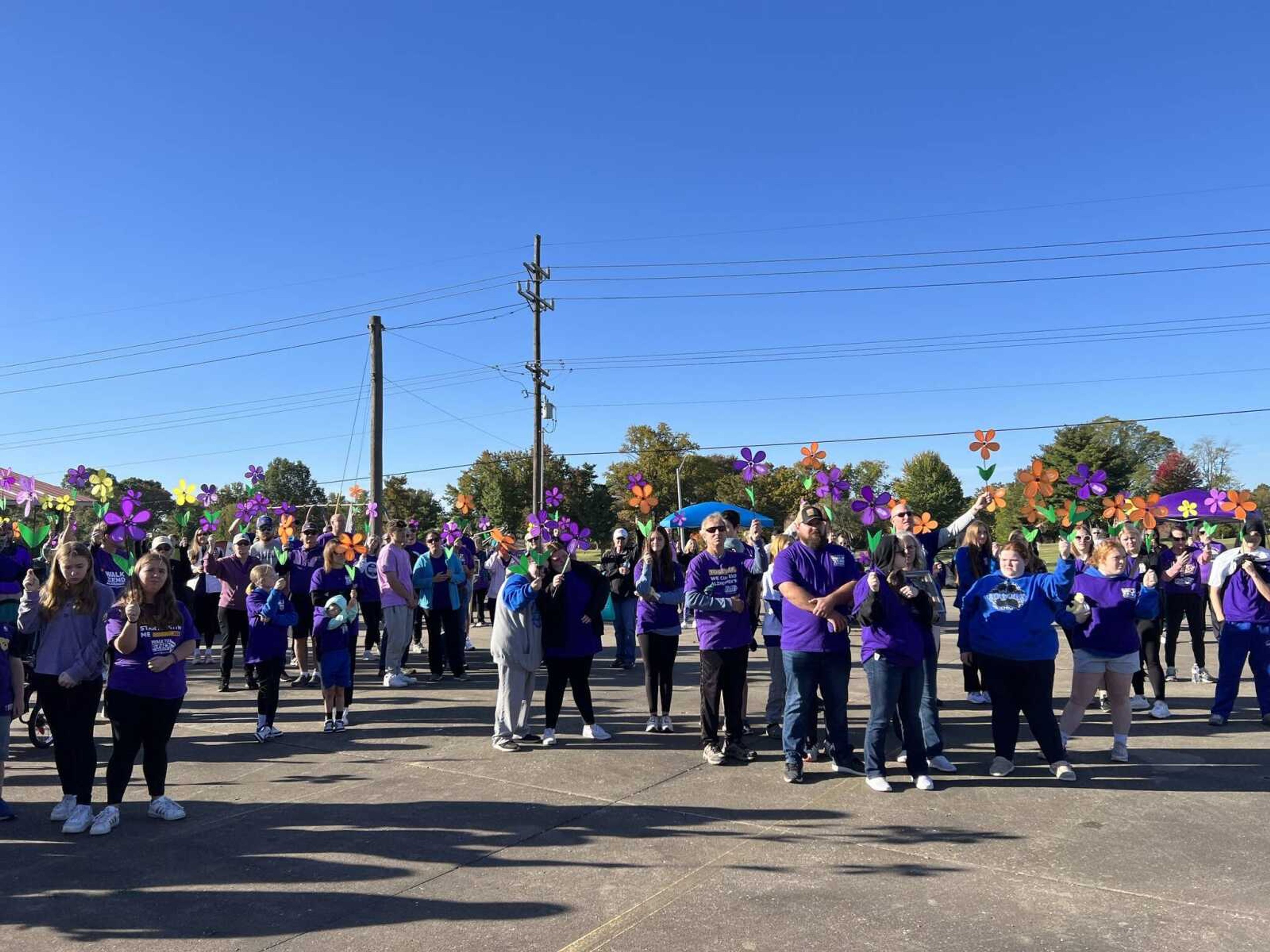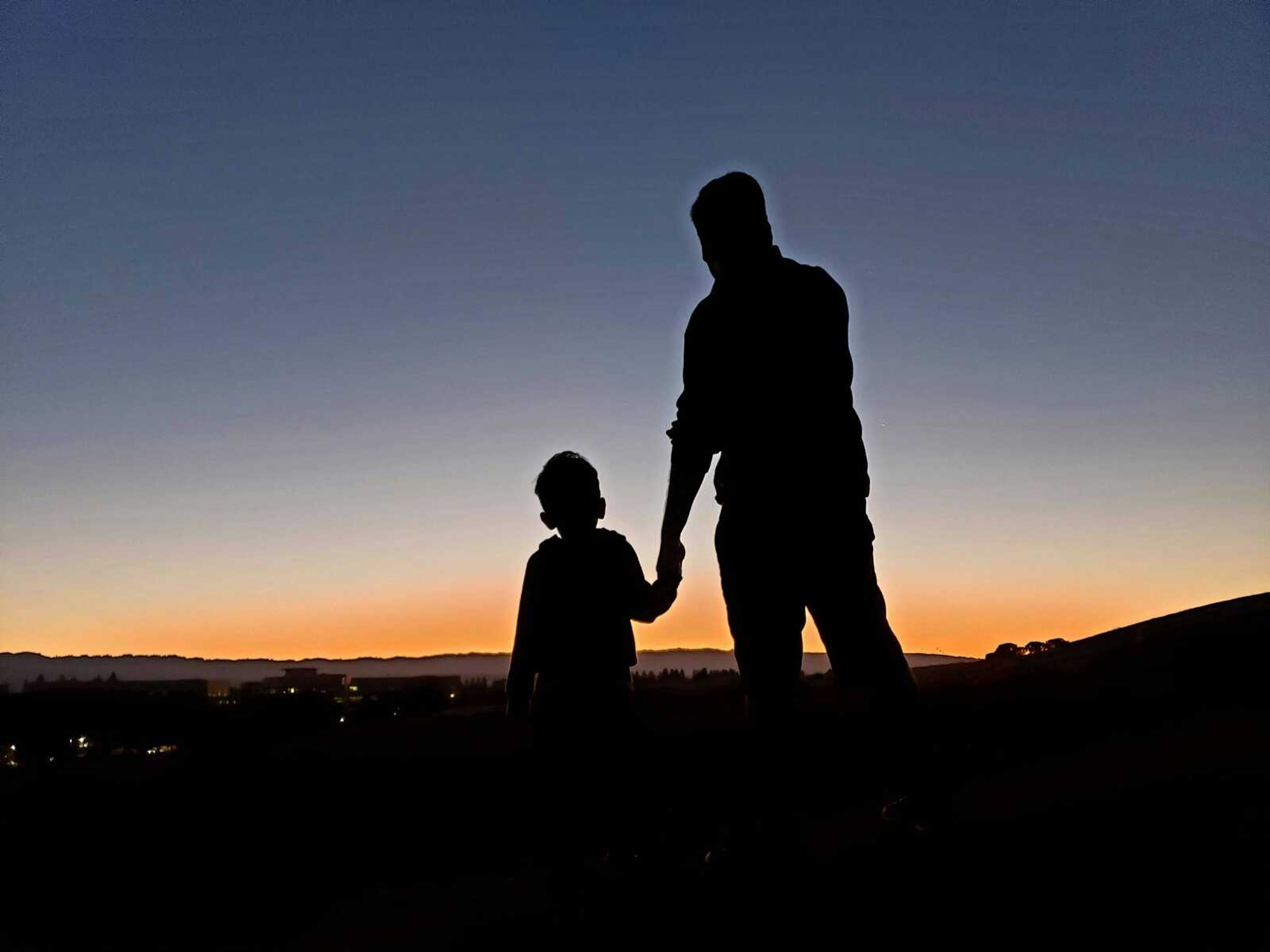'More at stake': Though rare, young women do get breast cancer, and are affected differently.
Katie Lorenz found a lump in her breast while taking a shower on Nov. 4, 2014. "I feel like I know my body, and that lump wasn't there before," she says. "I just thought it was an infection or a cyst and I wanted to have it taken care of before it got bigger."...
Katie Lorenz found a lump in her breast while taking a shower on Nov. 4, 2014.
"I feel like I know my body, and that lump wasn't there before," she says. "I just thought it was an infection or a cyst and I wanted to have it taken care of before it got bigger."
She made an appointment with her OB/GYN for the next day. The word "cancer" briefly entered her mind, but she pushed the thought aside -- it wasn't cancer, she told herself. She was only 28. She had a husband and a toddler to take care of, and a full-time job as a preschool teacher.
Katie's doctor did an ultrasound and said the lump was probably a fibroid, but she wanted to do a biopsy just in case.
As it turned out, the lump was breast cancer, and less than a week later, Katie was meeting with other doctors to discuss surgery and treatment options.
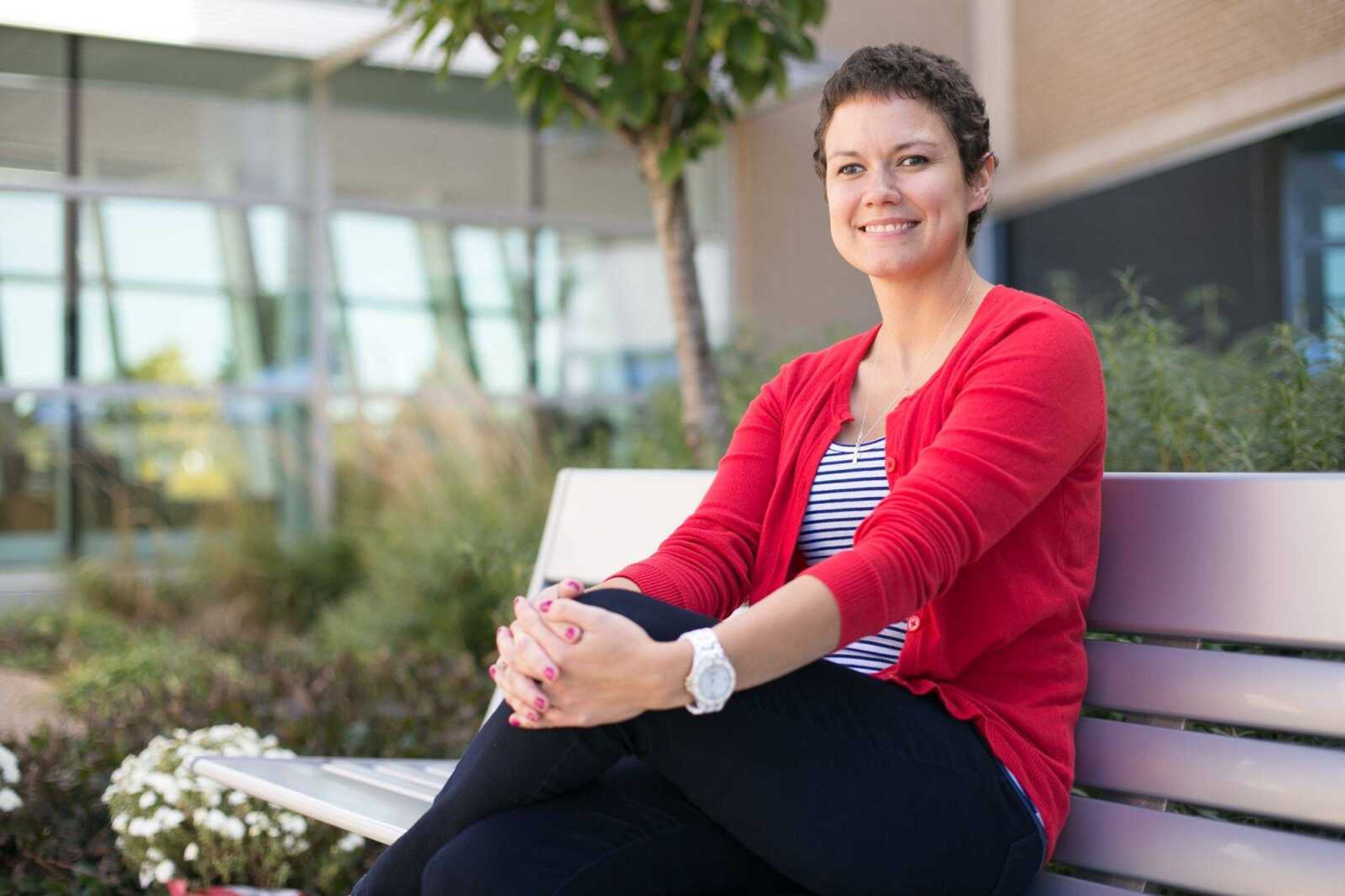
Dr. Andrew Moore, a hematologist/oncologist at SoutheastHEALTH, told Katie it was stage one cancer and it had not spread to her lymph nodes. It was good news, as far as cancer is concerned, but Katie was still shocked by the diagnosis.
"Cancer was not even on my radar," says Katie, who is now 29. "I'd never heard of anyone being 28 and having breast cancer. I thought it was something you got when you were older."
Katie chose to have a double mastectomy because she tested positive for the BRCA gene mutation, or, as she likes to call it, the "Angelina Jolie" gene, referencing the actress who underwent a double mastectomy because she had the gene.
But, later, she had a sentinel node biopsy and learned the cancer had spread to her lymph nodes, and she needed chemotherapy and radiation.
"It was like finding out I had cancer all over again," she says.
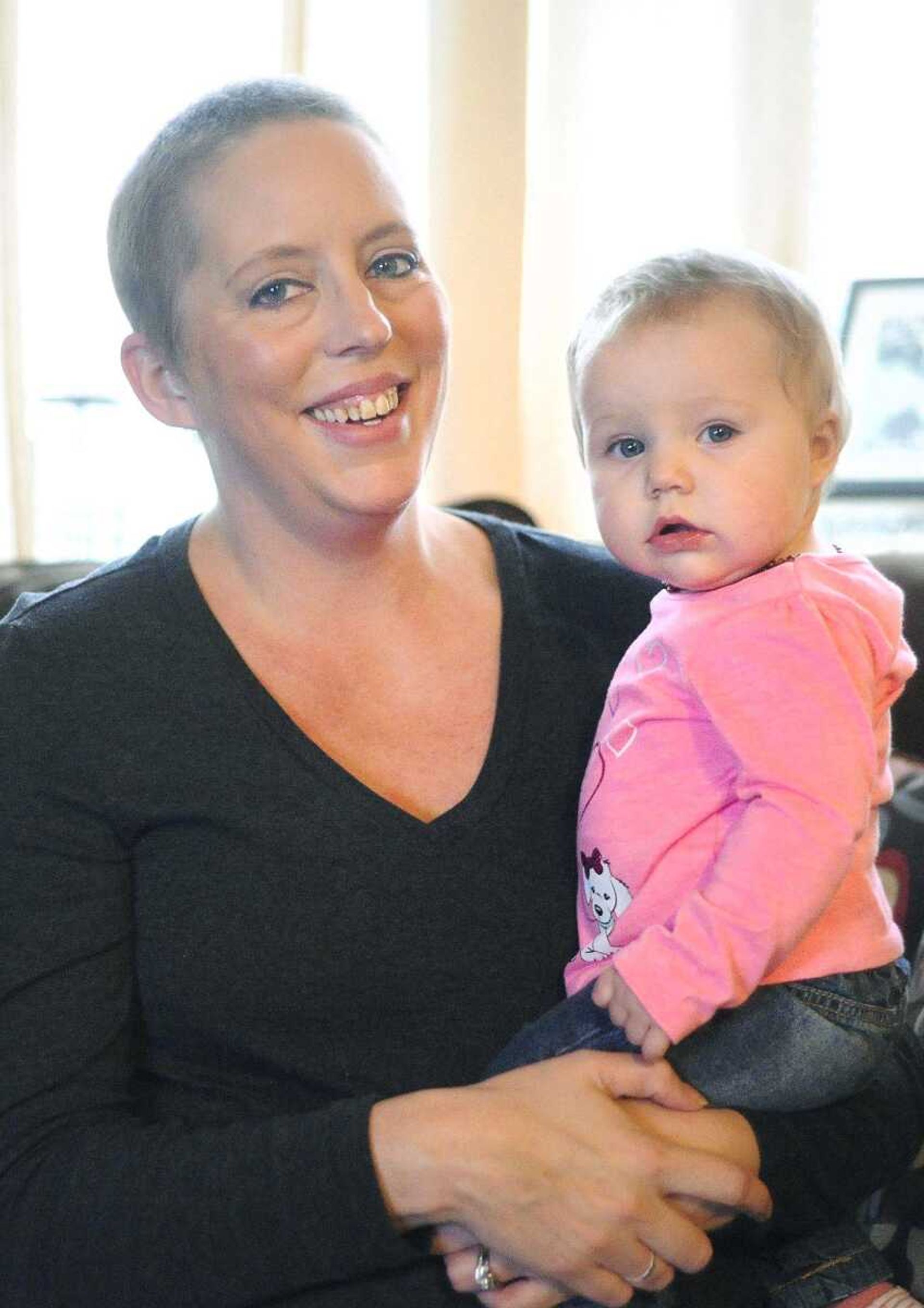
Katie started chemo on Jan. 7 and went every other Wednesday, completing eight rounds. She followed with radiation and was done by the end of May.
Katie is cancer-free now, and is nearly finished with her breast reconstruction.
To other women, she says, "Don't think it can't happen to you. ... Don't ever think that it's just nothing. Get the peace of mind from your doctor; get your mammograms, do your self-exams, do what you need to do for peace of mind."
During her treatment, Katie also chose to participate in two different clinical trials: one had to do with reducing nausea during chemotherapy, and the other had to do with lowering the risk of recurrence of cancer. While the results won't be known for many years, Katie says she hopes the trials will help women in the future. After all, there were women before her who participated in clinical trials so she could have the treatment she had today.
"It's the teacher in me that wants to help everyone," she smiles.
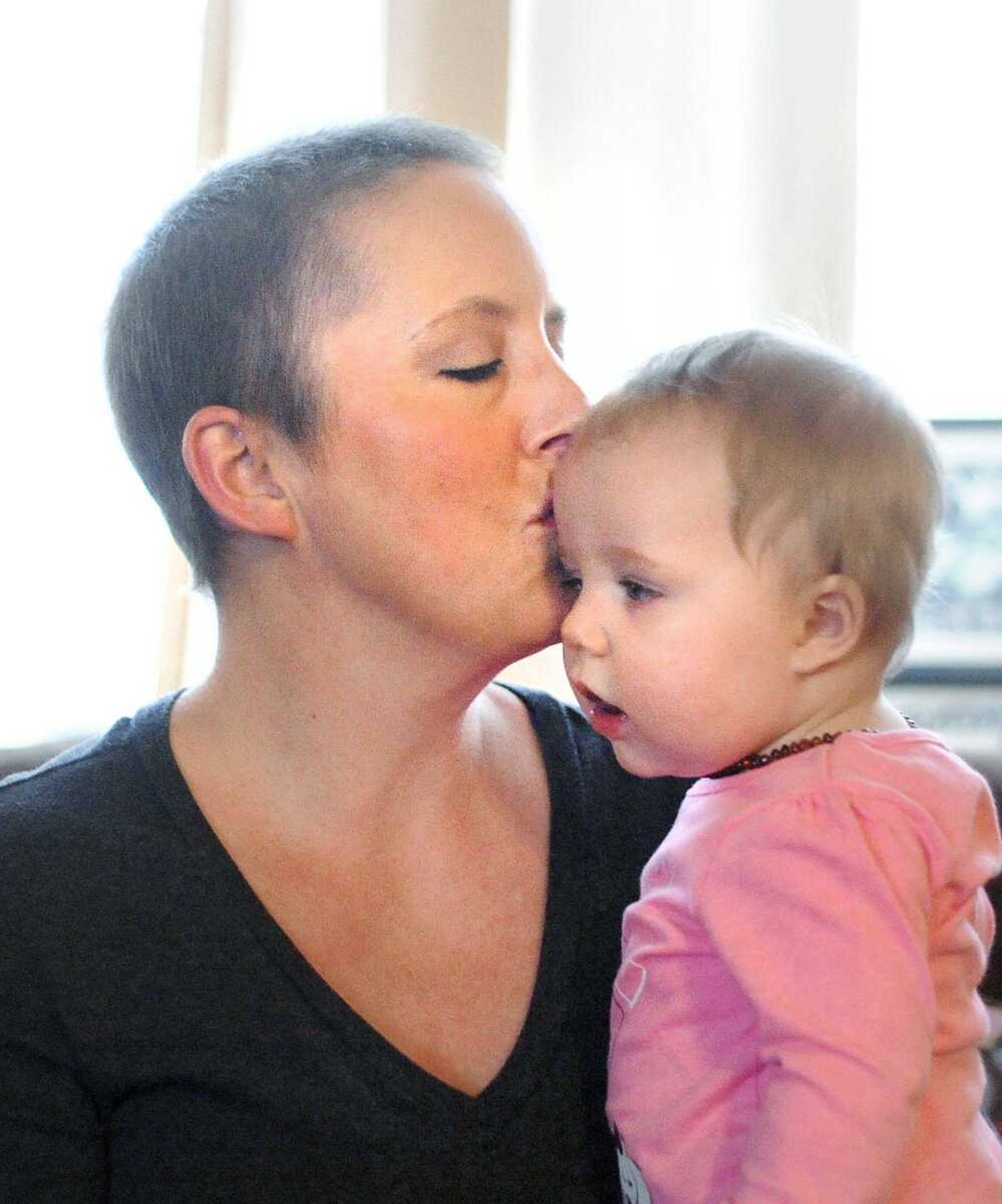
Risk factors
Dr. Moore says all breast cancers are different, but the disease rare in young women, most often occurring in the seventh or eighth decade of life.
Obesity, family history and dense breasts are the most solid risk factors for development of breast cancer in younger women, he says. Women who started their first period before age 12 may also be at risk.
The disease tends to be more aggressive in younger women, Moore says.
"Breast cancer is very personal; it's part of womanhood, and that's harder for younger women," he adds.
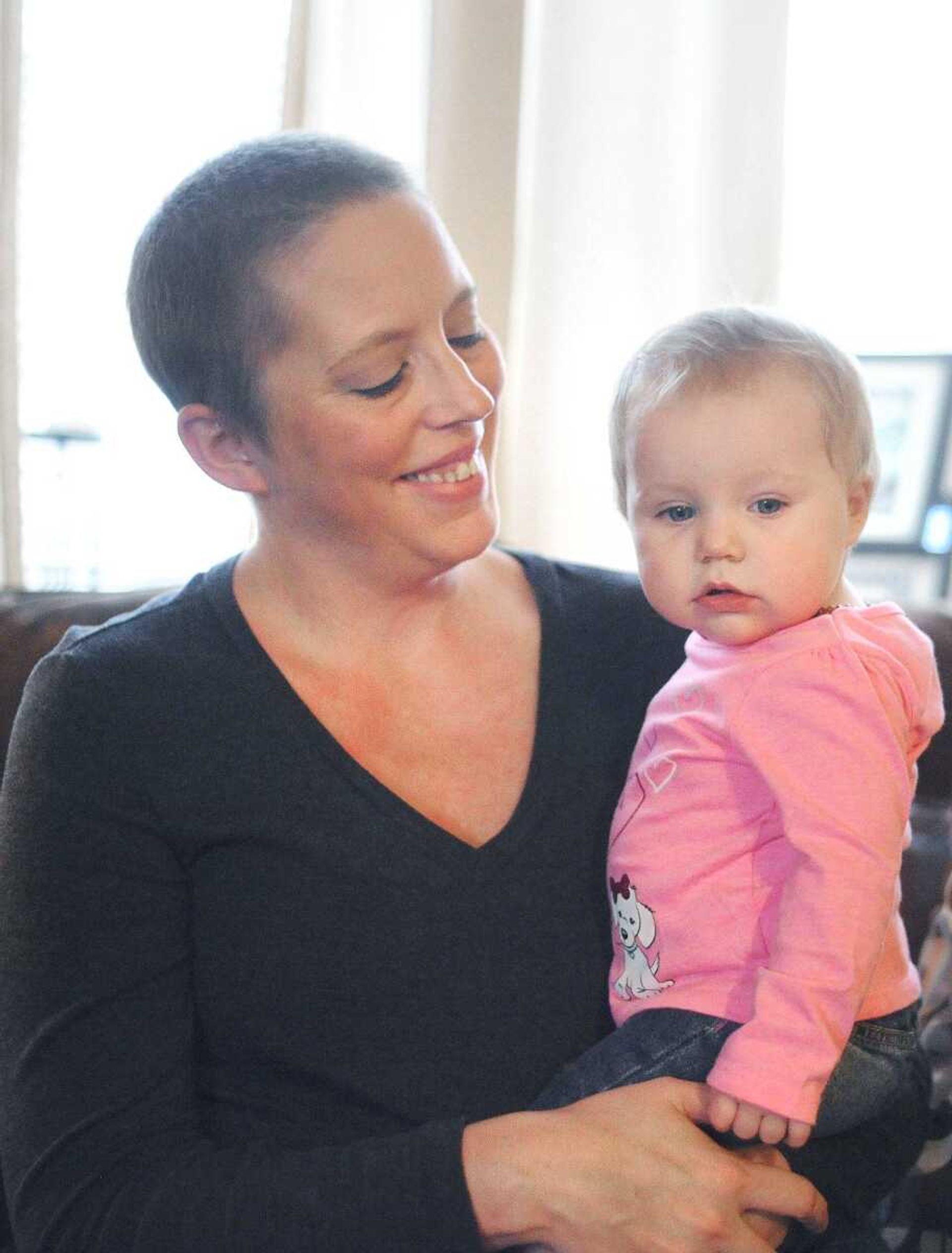
Young women also are more likely to have children at home, or older parents to care for; they probably still have careers and financial obligations to meet.
"There's more at stake because they have more life left to live," Moore says.
He advises all women to know their family history of breast cancer and do what they can to lower their own risk, such as by doing breast self-exams monthly, about a week after your period, and getting mammograms starting at age 40.
Since obesity is linked to a slight increased risk of breast cancer, Moore also advises maintaining a healthy weight and getting plenty of physical activity.
Women with a family history of breast cancer should consult their doctor about a personal screening plan.
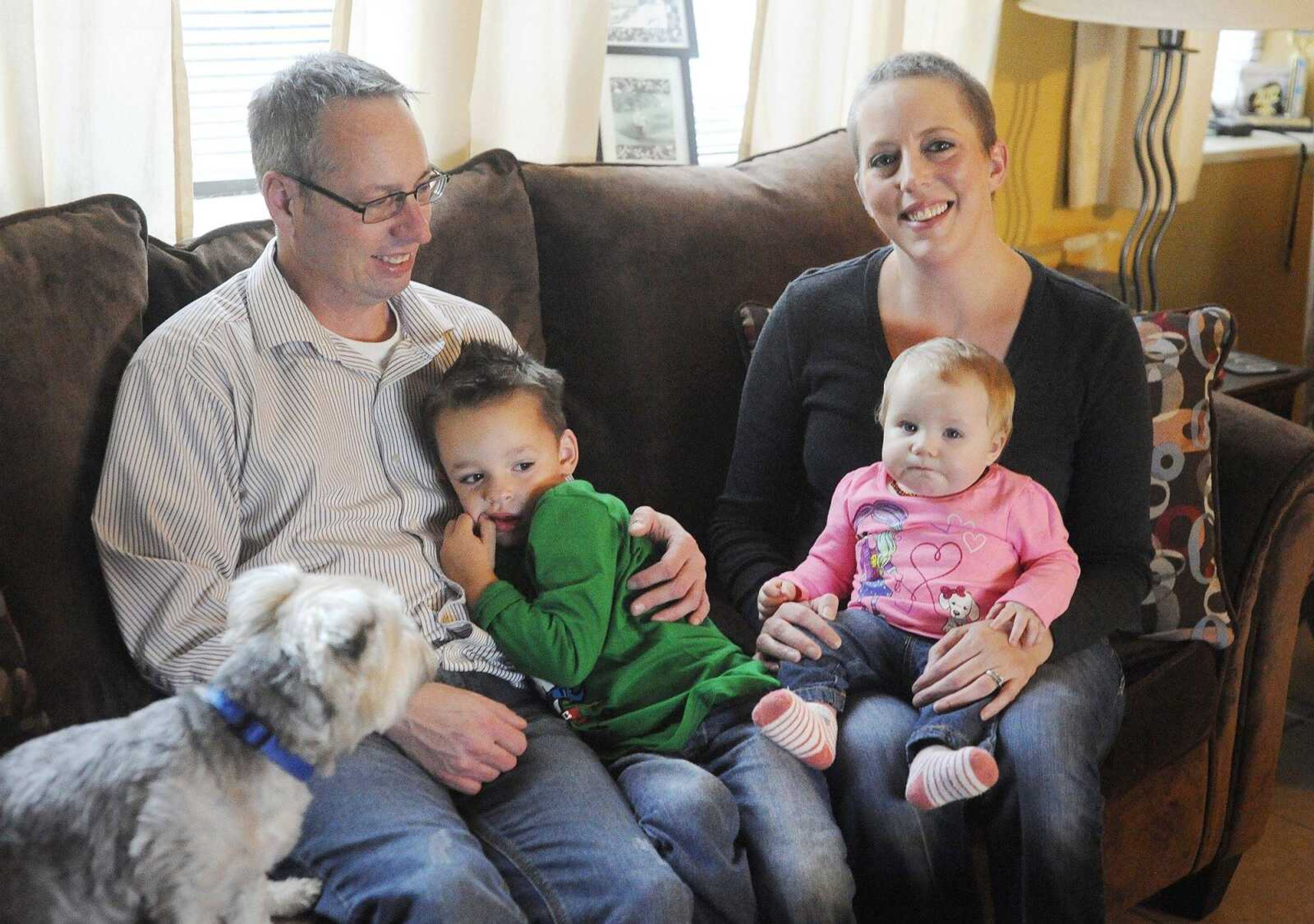
While breastfeeding
Amanda Butler was 35 when she was diagnosed with breast cancer. She was breast-feeding her daughter, born Dec. 28, and went to her doctor with what she thought was an infection in her left breast. Amanda had no family history of any kind of cancer, and she was young, so there was no reason to think it was anything but an infection.
Still, her doctor did an ultrasound and a biopsy, and a week later, Amanda was diagnosed with invasive ductal carcinoma in her left breast; it had also spread to her lymph nodes. She began chemo, going once a week for 12 weeks, then once every three weeks. She finished treatment on July 22 and had a bilateral mastectomy on Aug. 27.
As a mom of two young children, Amanda says the scariest part of cancer was worrying that she wouldn't make it through for her kids.
"It was definitely scary," says Amanda, now 36. "When your kids are your whole world, you don't want to imagine a future without you in their life."
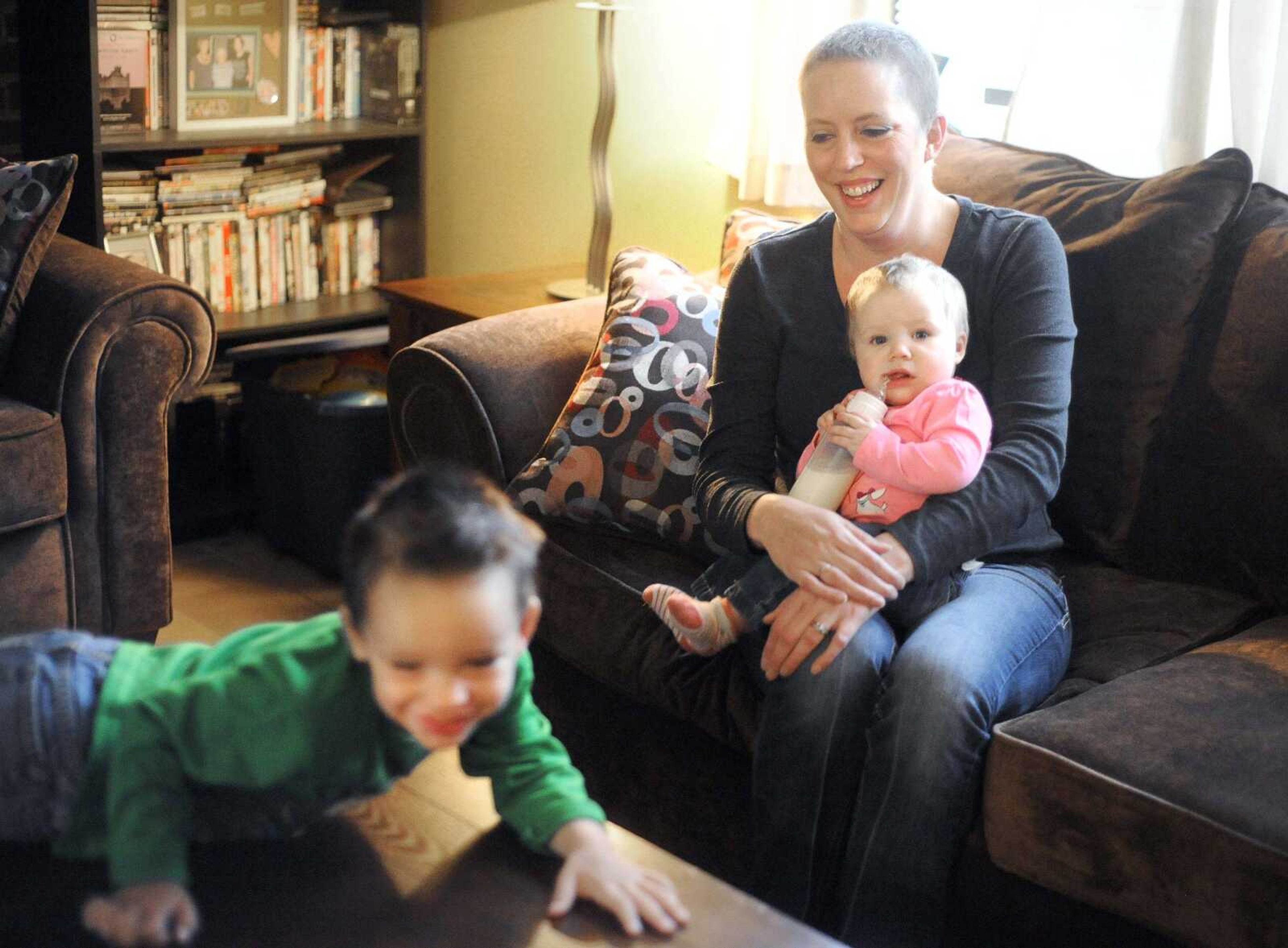
Fortunately, Amanda is now cancer-free, and she tested negative for the BRCA gene mutation.
"I tried to take it day by day, think positive and surround myself with good people and good thoughts," she says.
She says support from the American Cancer Society and her doctors also helped her get through the cancer process.
"The help that I got has saved my sanity," she says, from the nurses who called to check on her at home to the volunteers who showed her how to tie her headscarves.
"Appreciate every day. Every day, try to find something great about that day," she says. "Live positive, and live your life. Cancer is not a death sentence. It's just a hiccup in the road. Cancer doesn't define me; it's just something that happened."
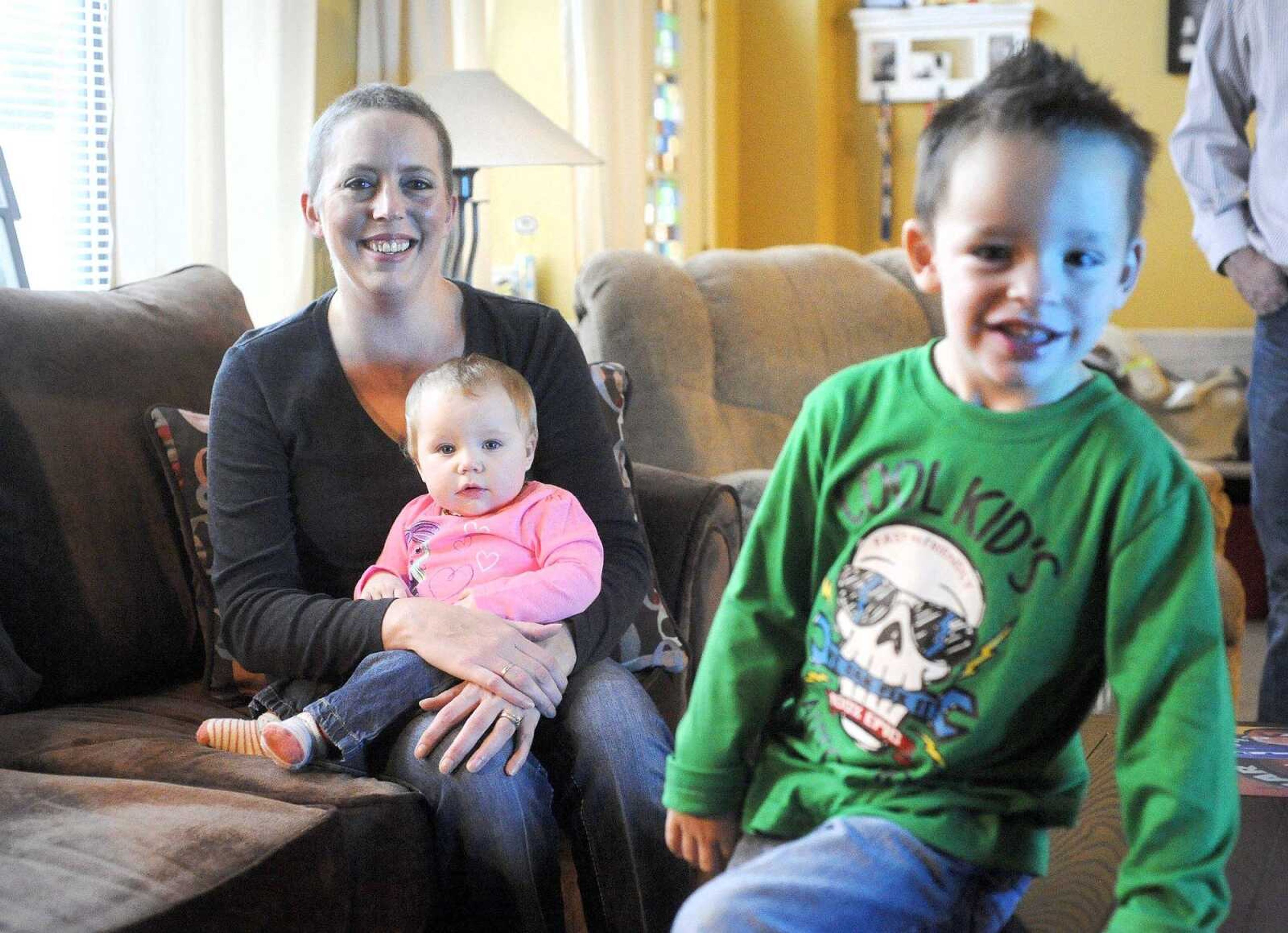
Connect with the Southeast Missourian Newsroom:
For corrections to this story or other insights for the editor, click here. To submit a letter to the editor, click here. To learn about the Southeast Missourian’s AI Policy, click here.

